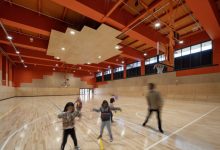Modern classrooms: How furniture can help create the perfect space
We explore the latest furniture and design trends to make your classroom fun, functional and ideal for all learning activities.
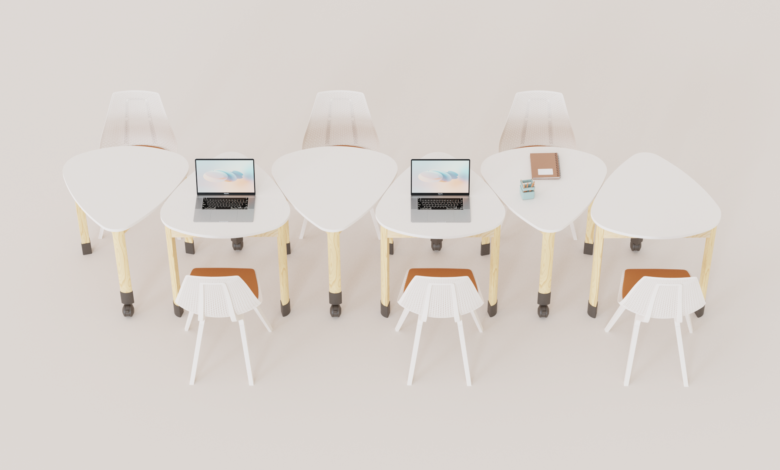
In decades past, classroom design was often an afterthought and followed a standardised layout. Plain boxed shaped classrooms, with identical chairs and tables throughout were commonplace in many schools.
Read the Term 1 edition of School News HERE.
Recently, though, there has been a shift away from this one-size-fits all approach to classroom design, with recognition that an engaging classroom design can help enhance the education experience for students. The design of a classroom and furniture choices made have a strong influence on creating a positive, productive learning environment. Tailoring furniture to suit a space can provide increased flexibility in learning spaces, encourage alternate methods of learning and teaching, and strengthen student engagement with their classroom subjects.
Researchers at the University of Salford Manchester found that classroom design can boost student learning. According to the results of the study, the physical characteristics of a classroom can affect how successful a class is. The study identified that design parameters including light, temperature, air quality, flexibility, colour and ownership of a classroom space all affected student outcomes. These factors, then, should be incorporated into plans for new classrooms, and redesign of existing spaces.
Arch Daily, an online platform for architects, said the design of a classroom forms part of the “fundamental trilogy” for successful learning.
“There is a fundamental trilogy for successful learning: the qualifications of the teaching staff, the interest of the students, and the quality of the physical environment – the classroom,” Arch Daily said.
When considering the design of a 21st century classroom, flexibility is key. This can be achieved through furniture that allows educators and students to experiment with classroom layout and design. Furniture like desks and cupboards that are on wheels, for example, allow the classroom set up to be adapted for different learning activities. Individual, small group work and wider collaboration can all be facilitated when a space can be easily reconfigured. This flexibility means spaces can also be used as venues for other activities, not just as classrooms. School or community groups may utilise the space for meetings, students can showcase their work to their peers and wider community, or students or staff can come together in the space for workshops and team building experiences.
With student numbers in many schools increasing without a comparable growth in physical space, furniture which provides storage solutions can be particularly useful. Tables or seats with storage compartments, and slimline cabinetry can help accommodate learning tools in a functional way, without occupying valuable floor space.
For many schools, sustainability will be important in any classroom redesign. Furniture products can now be sourced that are made from recyclable materials. Schools may also wish to consider incorporating the use of renewable energy like solar power into their design. Utilising natural light sources can help produce electricity costs, while helping students stay connected to the outdoors.
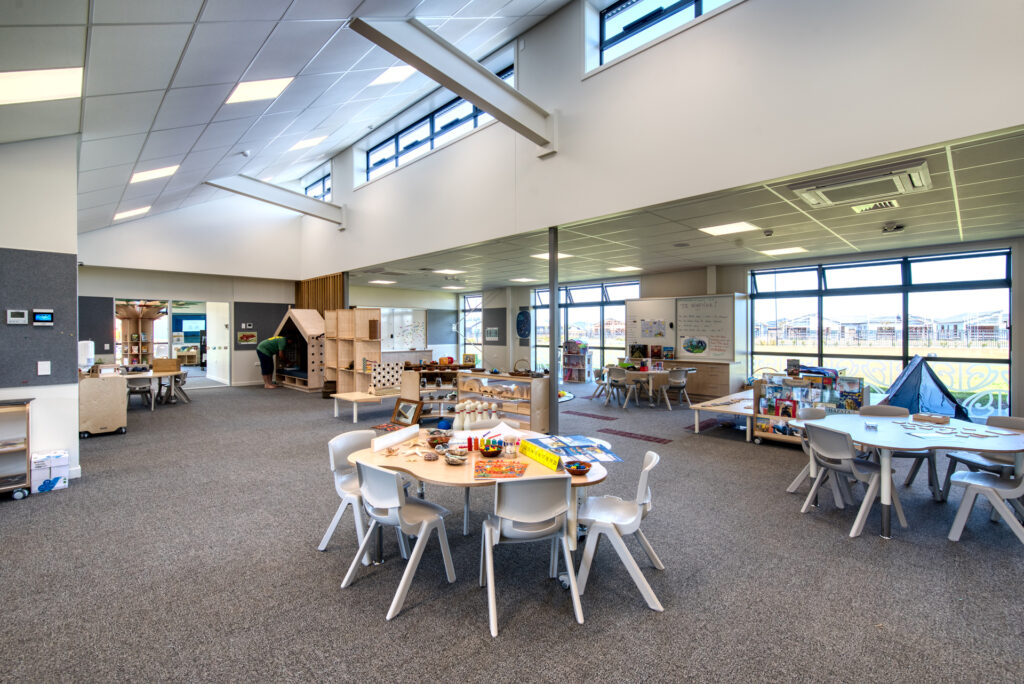
Introducing elements which mirror the school’s natural landscape, culture or traditions can help build a sense of community for students’ and their families. Furniture shapes which reflect the shapes of landscapes outside the windows, for example, can bring the outside in. Sourcing furniture from local suppliers, or made using local materials can help give the classroom and the school a sense of place, comparable to the broader setting.
Research published in Tikrit Journal of Engineering Sciences revealed that colour can influence learning. The use of colour, the study found, can create associations in a student’s brain, preparing them to learn. Designing classrooms with cool colour palettes including white, green and blue work well to stimulate learning and promote knowledge retention.
Colour can also be used to imbue a space with an element of fun. For junior classrooms particularly, the use of bright colours can help promote school as a place of excitement and discovery. In large spaces, colour can be used to zone areas, with different colours indicating the activities to take place in a given space.
The focus on STEAM (Science, Technology, Engineering, Arts and Maths) learning has also influenced the furniture needs of classrooms. Students may need space to stand, sit around a table in small groups, or get on the floor to create. Facilitating technology in these spaces is also important. Access to charging stations and internet points should be considered.
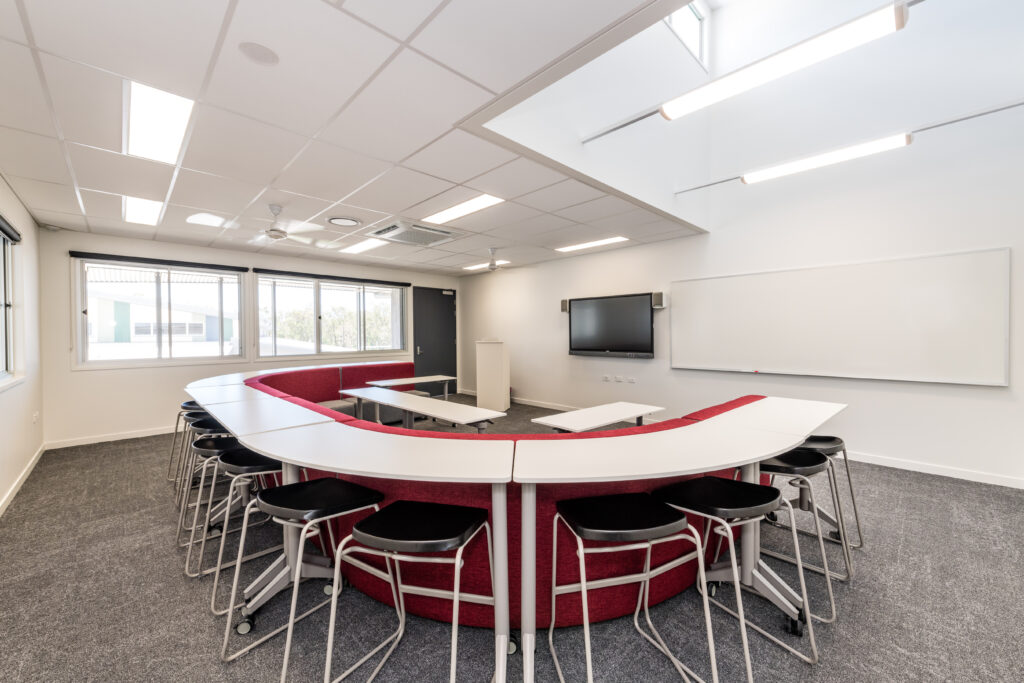
To help you select the perfect furniture for your classroom, School News spoke with industry experts about the latest trends and what to consider when curating your classroom.
Sebel representative Jaime Hallett said flexible seating options have become popular. “Consistently, furniture and seating must be able to move easily between different groups and group sizes so the room may be used for multiple activities. This can involve stools in different heights and shapes, with and without backrests, as well as soft ottomans, side chairs, and armchairs with different upholstery options.”
Additionally, Ms Hallett said a growing trend was high schools providing senior students a dedicated area that reflects the world they will be stepping into.
“Classrooms do not need to be full with furniture, pick some great foundational pieces and keep the classroom simple. Pieces that can be reconfigured quickly, are flexible and have many uses are a great place to start.”
“Like other aspects of modern learning environments, flexibility and mobility are paramount and specialised storage, such as that used for tech spaces and devices, are often shared between spaces or relocated based on need,” Ms Hallett said. “Since schools have transitioned towards more open plan learning, storage units are increasingly being used as room dividers to create specific zones like quiet reading corners or collaborative nooks. Having products on castors makes them easy to be moved allowing free space for group activities and things like robotics.”
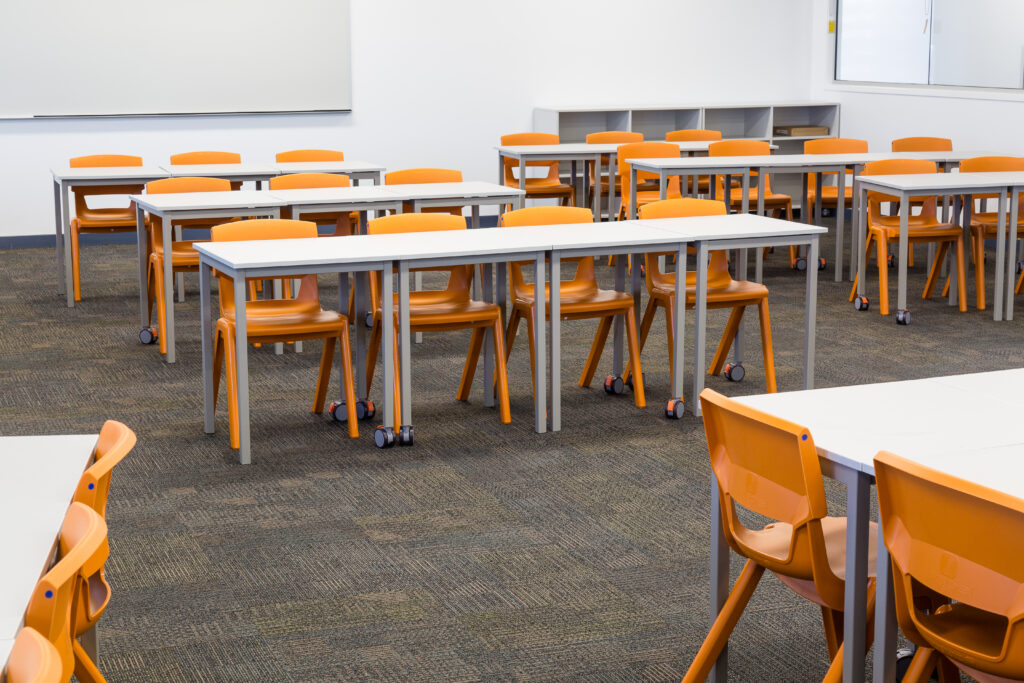
When designing a STEAM space, Ms Hallett said storage is overlooked. “STEAM is more than just coding and classroom learning; there’s a lot of hands-on work, and projects that may span multiple days or weeks. Just as with art projects, there must be space to safely store this work in between sessions, clearing the room for the next group.”
Director of Lundia, Robert Stone, predicts innovative, wood based, ecofriendly furniture will be the biggest classroom furniture trend this year. “Currently, fast furniture is like fast fashion – it is ending up in landfill. Products that can be recycled, repurposed and relocated, and have a circular economy approach so they do not end up in landfill will be key in reversing this trend.”
When redesigning a classroom, to ensure it is future-proof, Mr Stone said schools should make sure they allow for sufficient power from walls, ceilings and floor for charging devices, and ensure adequate wifi access. To help reduce costs long term, Mr Stone recommends allowing for natural light in spaces, and suggest schools explore solar power.
Flexibility is also key for a classroom design with long term efficiency. “Keep spaces open plan to allow maximum use of the space and allow for indoor and outdoor flow,” Mr Stone said. Floor surfaces should be durable to enable easy movement of furniture on castors, and allowance made for acoustics in the walls, floor or ceiling.
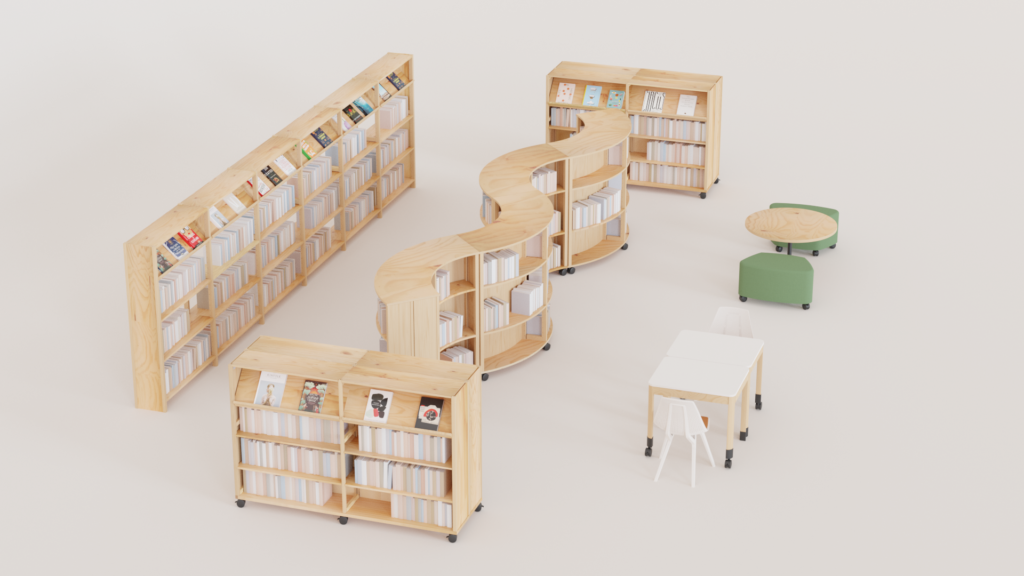
In STEAM spaces, “Schools are choosing furniture that is flexible, easy to move and maximises the amount of space, providing a safe and easy to manage shared learning and making environment. Furniture that will simplify tool and material storage as well as equipment placement, and allow for growth are good choices.” Modular furniture units which can be customised to suit a particular classroom setting can help facilitate this.
Beatrice Guy, Interior Designer with Learning Spaces Global, agrees that flexibility remains a focus of classroom design. “Flexible seating, natural colours, and open-plan learning space trends will continue to surge in 2023,” Miss Guy said. “The greater part of a student’s life is spent inside a classroom so it is crucial to bring the calming and creative benefits of nature in with deliberate colour choices and bespoke furniture pieces. Flexible seating and open learning spaces gives the student a sense of empowerment and control through the choice of where they would like to sit and how they would like to learn.”
To future proof and save money, Miss Guy recommends obtaining a scale room plan proposal from suppliers for your renovated or new classroom space. This ensures the furniture not only fits in the classroom but fits in a beautiful yet functional layout, reducing the risk of ordering furniture that does not fit or suit your space. “Schools should also consider what materials are used for the furniture. Avoid colourful laminates and chipboard or MDF materials. These tend to fade and show marks and scratches more than plywood-based laminates that are more structurally sound and are more sustainable to manufacture,” Miss Guy said.
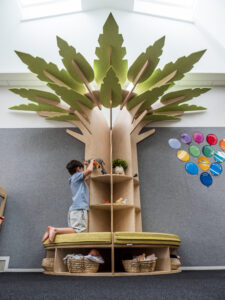
“Creating learning zones with mobile furniture is essential for STEAM learning environments. Flexible seating and mobile furniture can create an environment which fosters creativity, collaboration and problem-solving,” Miss Guy said. “A growing trend within the Makers Space is stainless steel tables with large loose parts bins underneath that can be wheeled out for large groups to get creative.”








